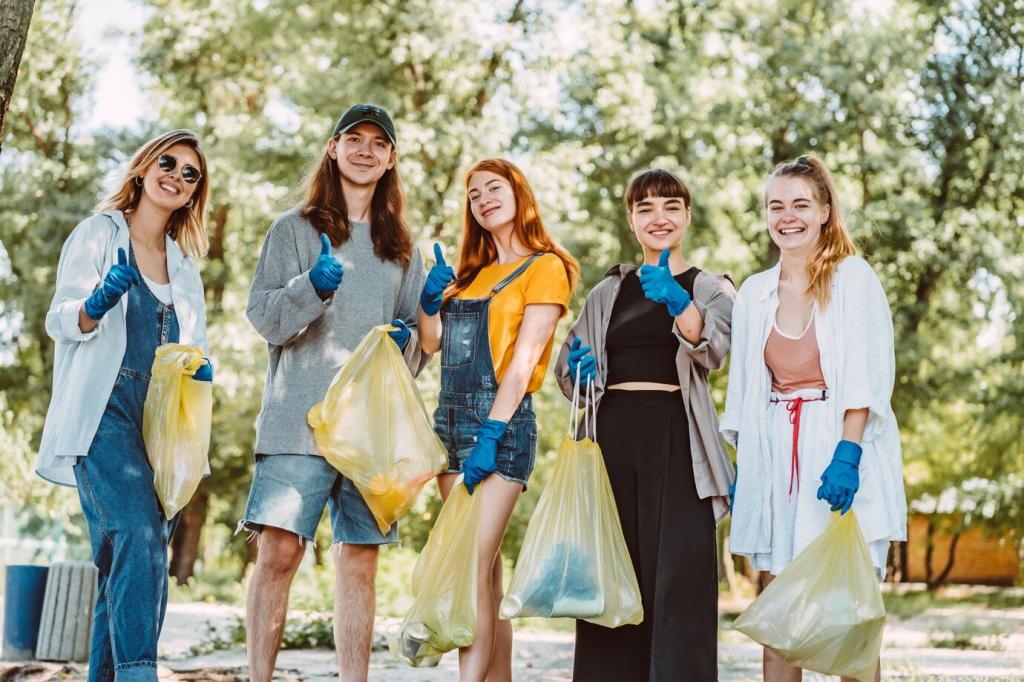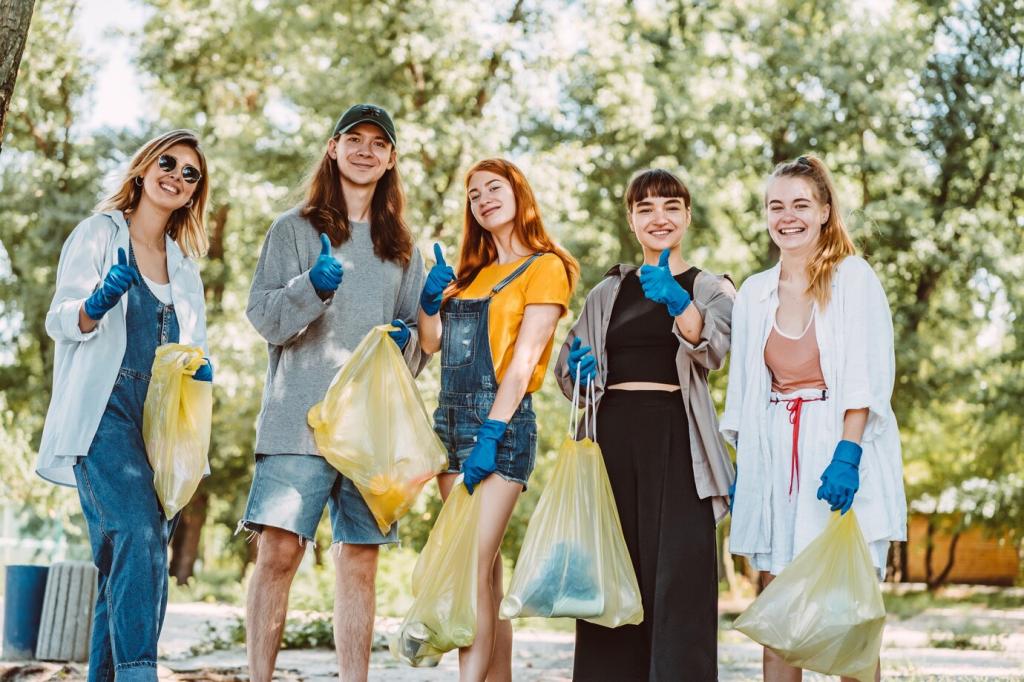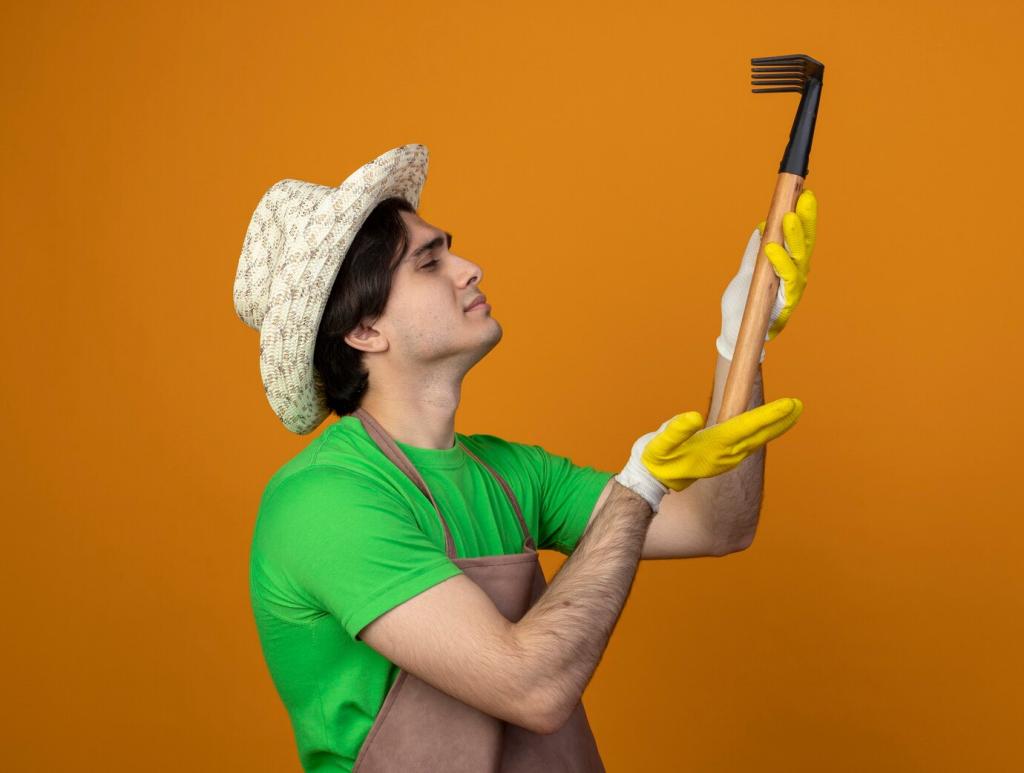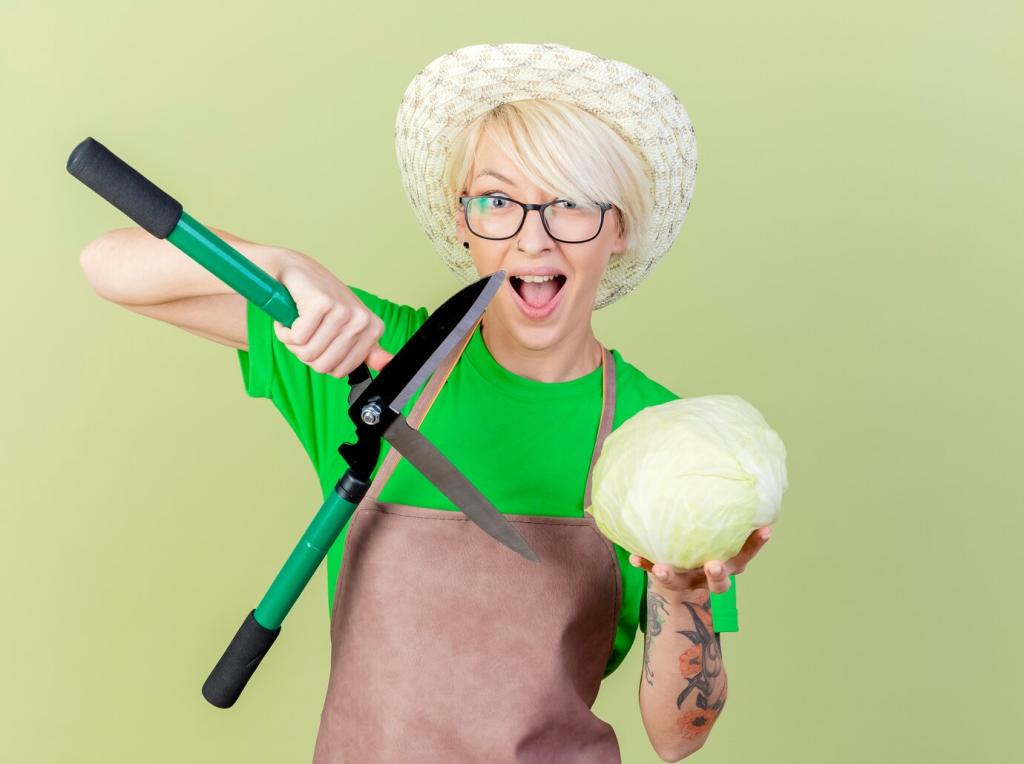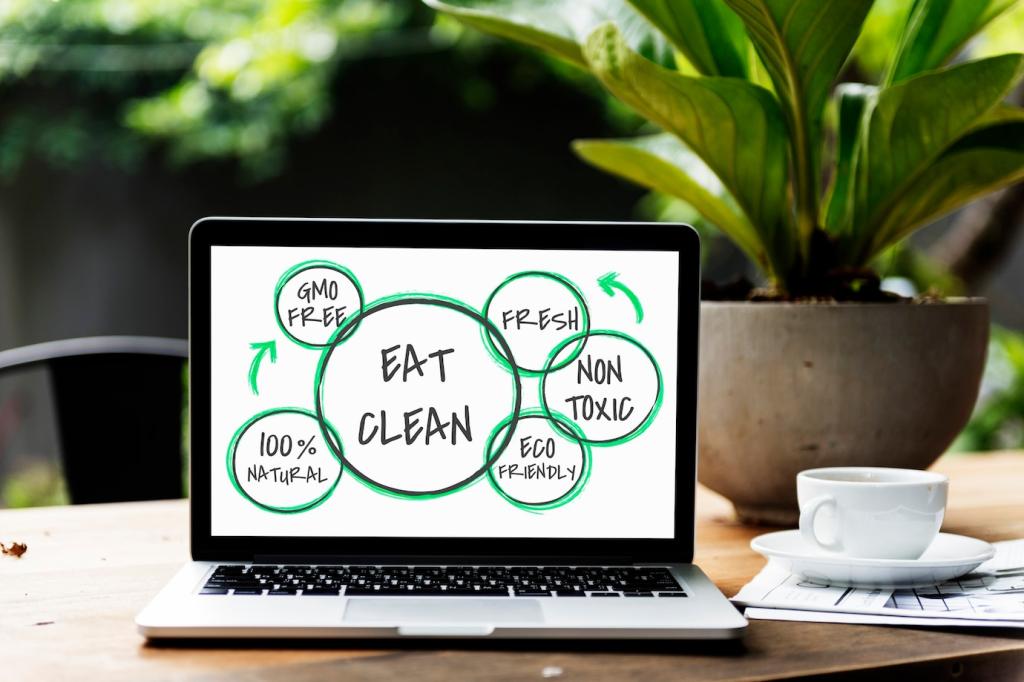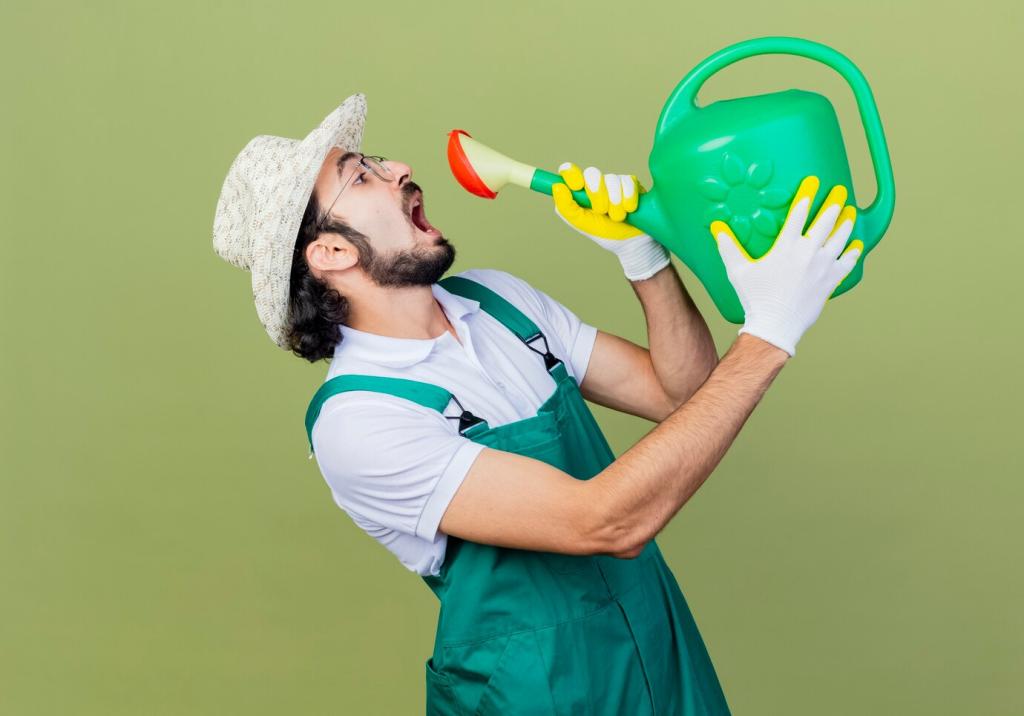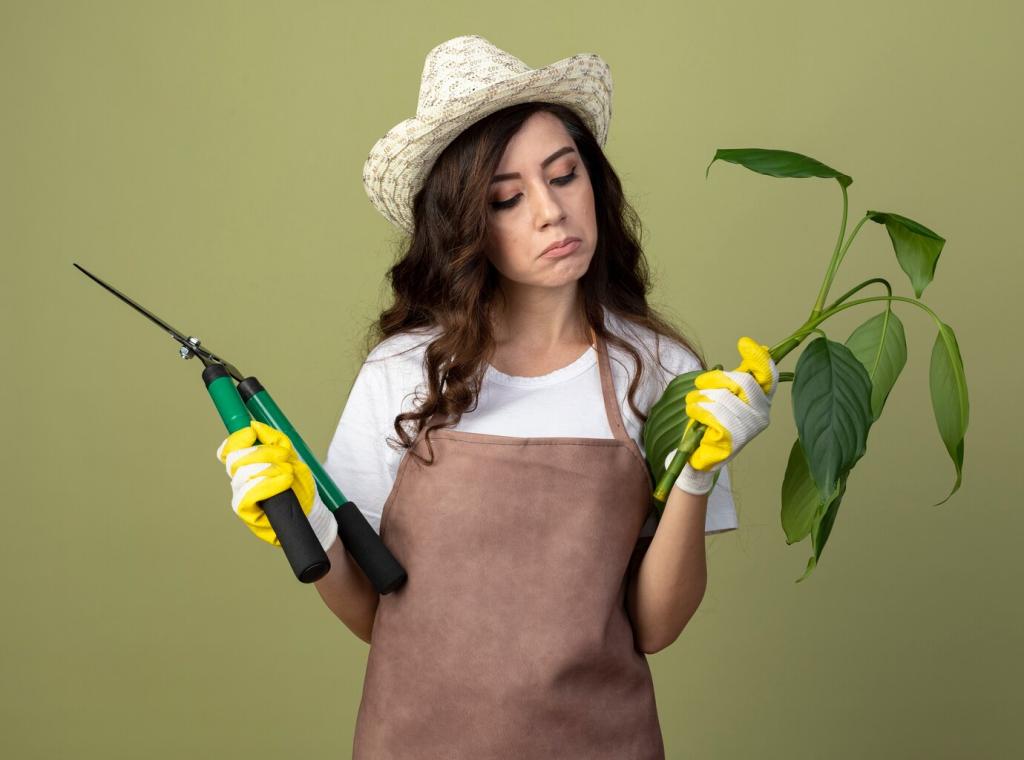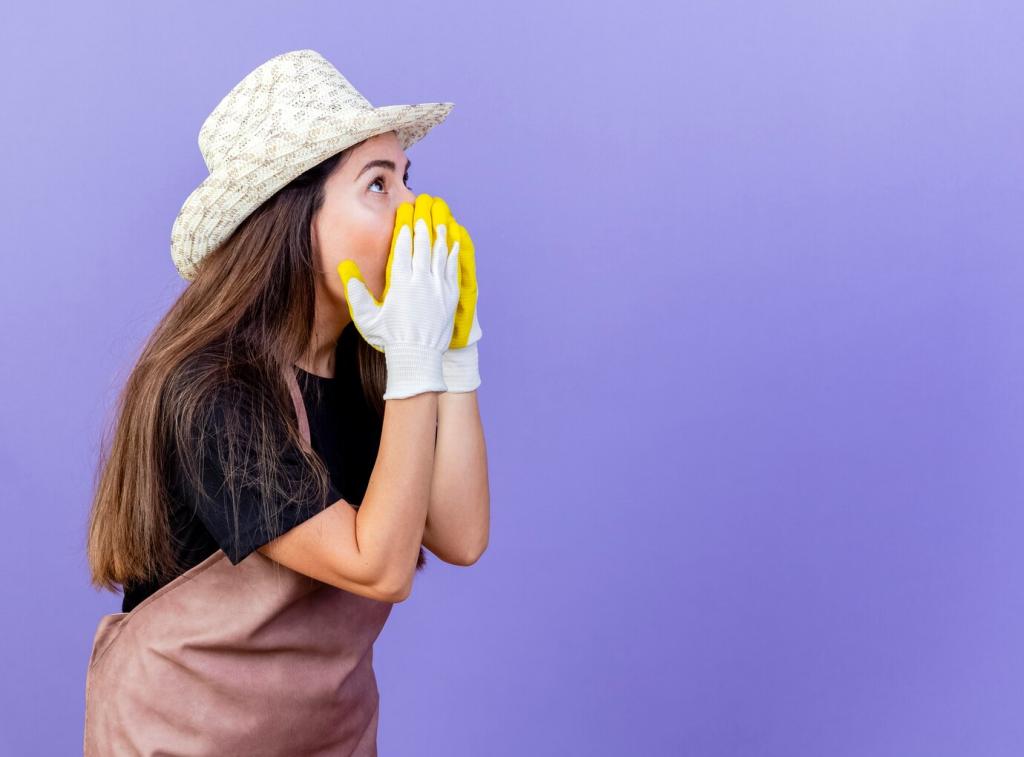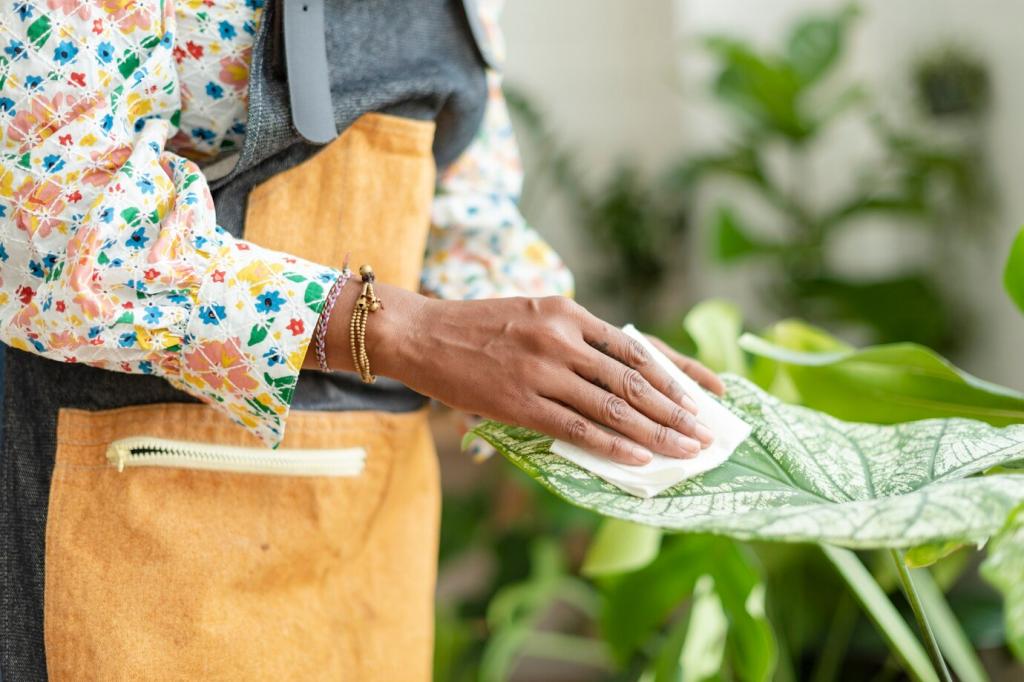Trustmarks and Transparency: Choosing Right
Look for full ingredient disclosures, not vague terms like “surfactant blend.” Seek water hardness guidance, pH range, and proper dwell times. Ask brands for safety data sheets. Comment with a label screenshot, and we’ll help interpret it together.
Trustmarks and Transparency: Choosing Right
EPA Safer Choice, EWG Verified, EU Ecolabel, and Cradle to Cradle can indicate lower hazard and responsible sourcing. No single badge is perfect; weigh performance and transparency. Which logo do you trust most, and why? Start a discussion.

